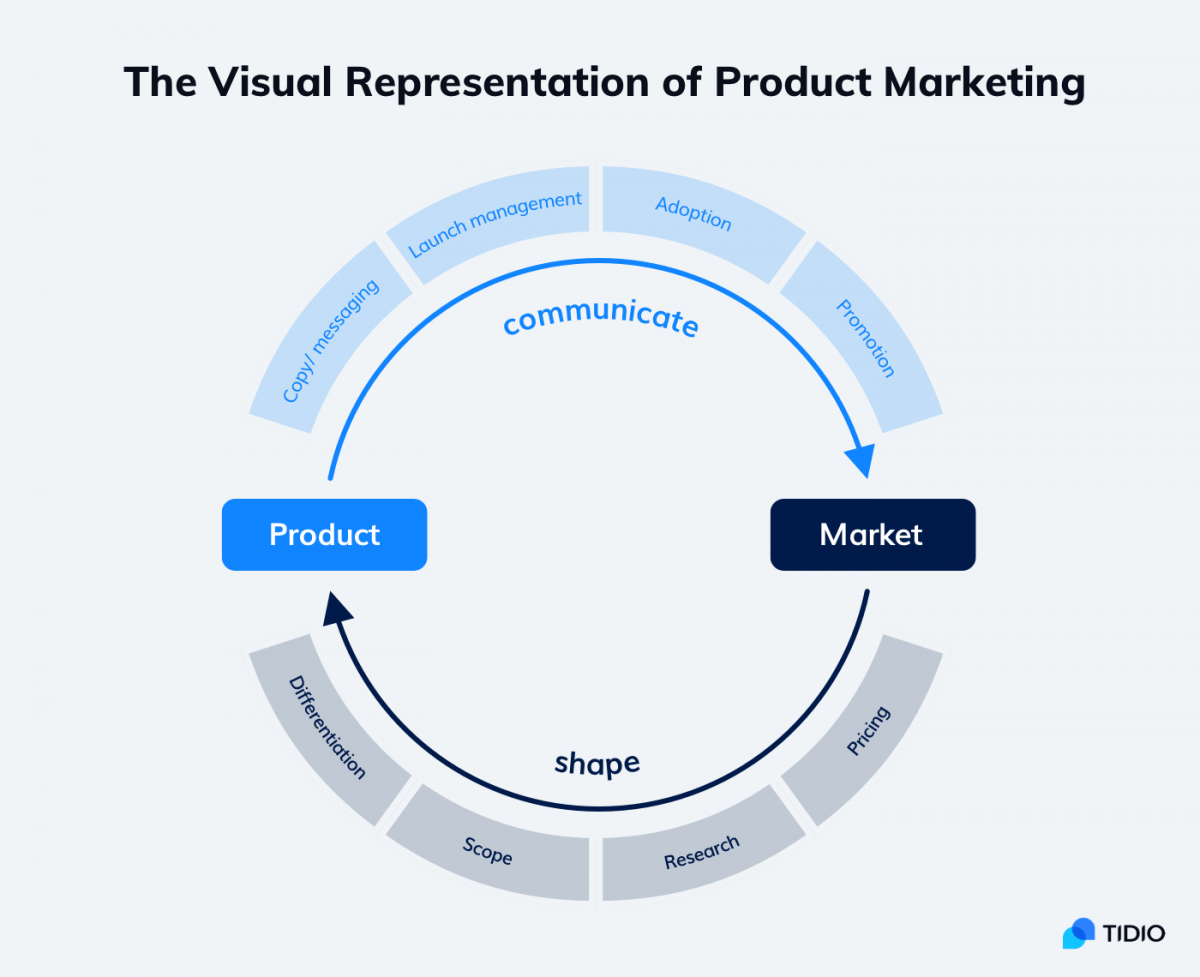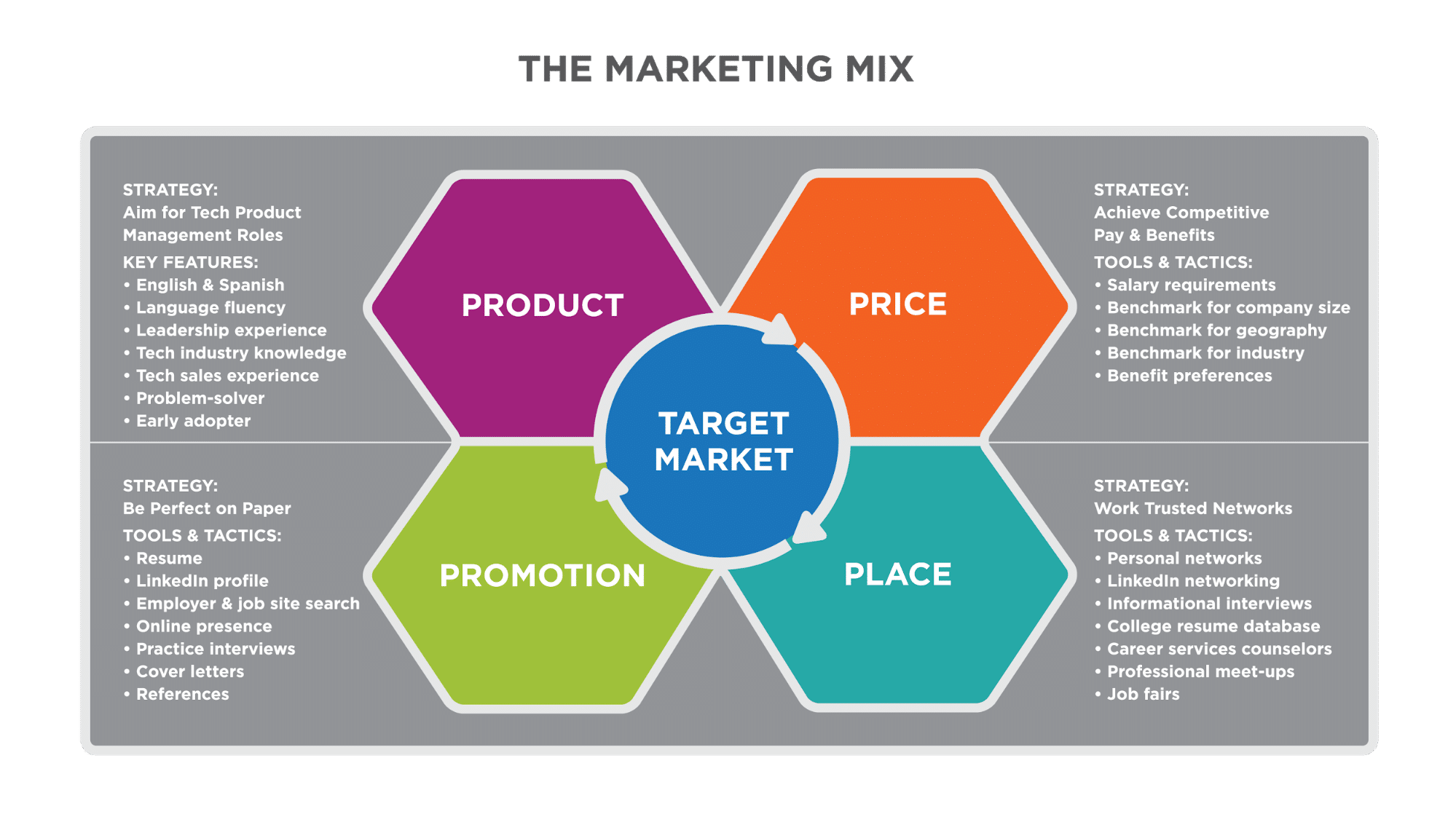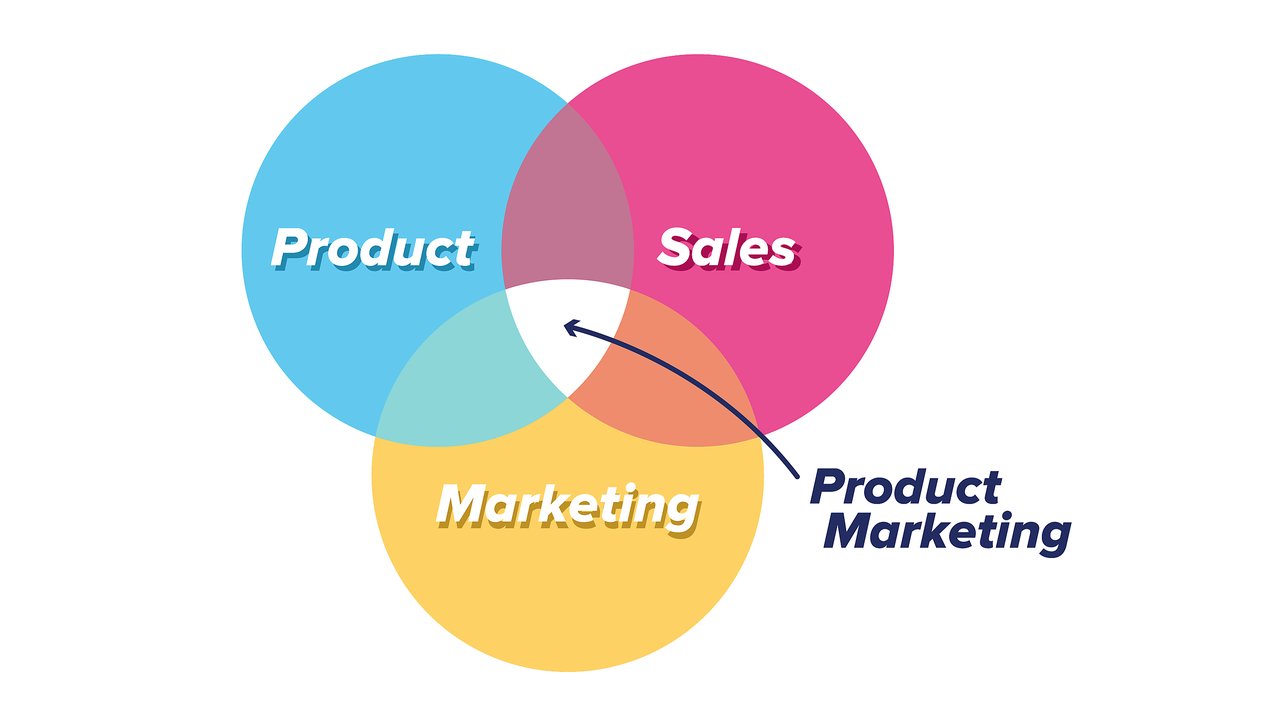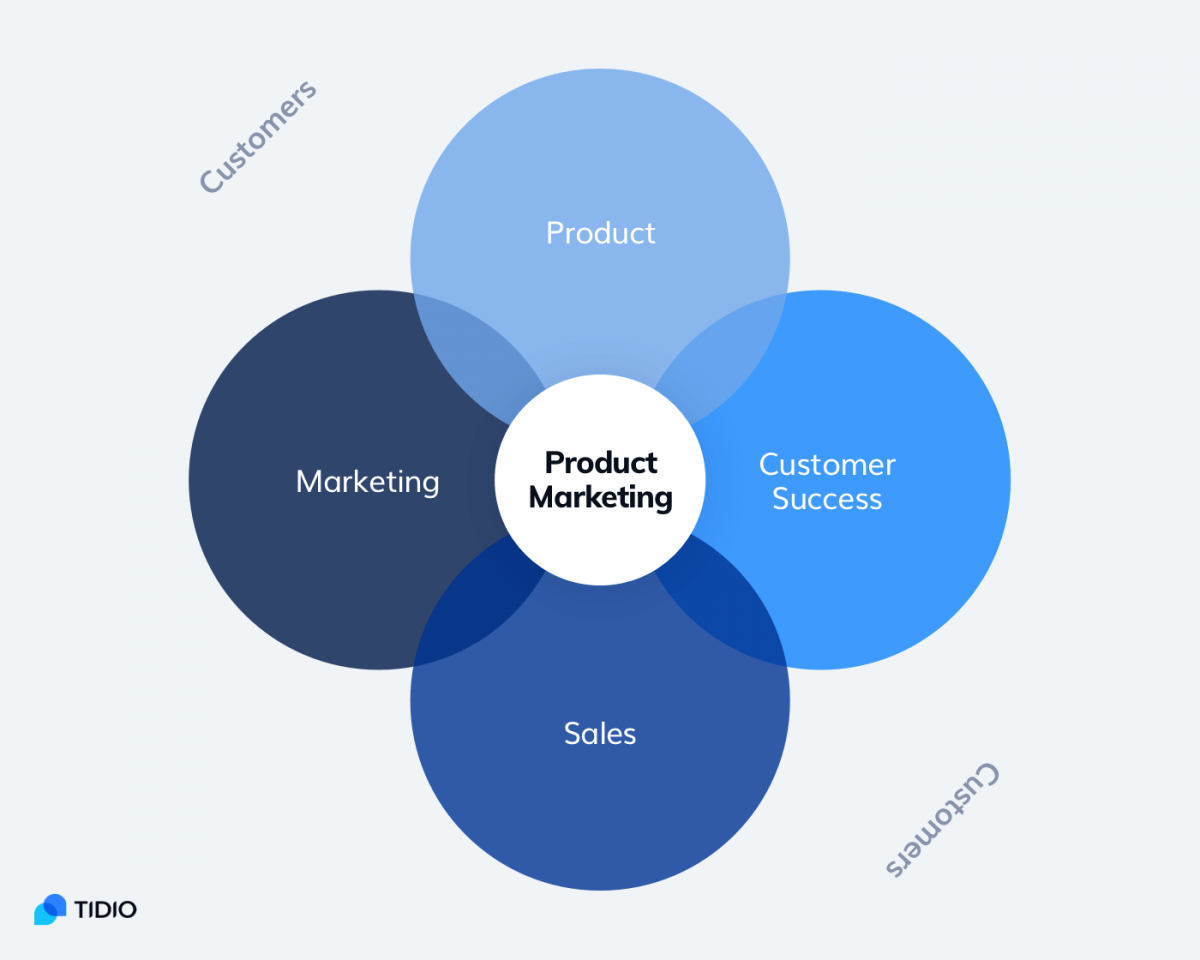⚡ Unlocking the Power of Your Product: A Content Creator’s Guide to Effective Product Marketing and Sales

As a content creator expert in product marketing and sales, I’ve seen firsthand the power of a well-crafted message. But before we dive into crafting that message, let’s first understand your product and its ideal customer.
Tell me about your product or service. What is it? What does it do? Who is it for?

Once I understand your product, I can help you identify the key features and benefits that resonate most with your ideal customer.
To get you started, here’s a framework that incorporates the principles of interior design and architecture to create a compelling narrative around your product:
1. The Foundation: Defining Your Ideal Customer Persona

Just like a strong foundation is essential for a sturdy building, understanding your ideal customer is crucial for effective marketing.
- Who is your ideal customer? What are their demographics, interests, pain points, and aspirations?
- What are their needs and desires? What problems are they trying to solve? What are their goals?
- Where do they spend their time online and offline? This will help you determine the best channels to reach them.


2. The Blueprint: Highlighting Key Features and Benefits

Now that you know your ideal customer, you can start to identify the features and benefits of your product that will resonate most with them.
- Features: What does your product do? What are its technical specifications?
- Benefits: How does your product solve your customer’s problems? What are the positive outcomes they can expect?



3. The Design: Crafting a Compelling Narrative
Think of your product marketing as designing a beautiful and functional space. You want to create a narrative that is both informative and engaging.
- Tell a story: Connect your product to your customer’s needs and aspirations. Show them how your product can help them achieve their goals.
- Use vivid language: Paint a picture with your words. Use descriptive language that appeals to your customer’s senses.
- Focus on the benefits: Don’t just list features. Explain how those features benefit your customer.
- Use visuals: Images, videos, and infographics can help to bring your product to life.



4. The Furnishings: Tailoring Your Message to Different Channels
Just as you wouldn’t use the same furniture for every room in your house, you need to tailor your message to different channels.
- Website: Your website should be a comprehensive resource for your product. Include detailed product information, testimonials, and FAQs.
- Social media: Use social media to connect with your target audience and share engaging content.
- Email marketing: Use email marketing to nurture leads and promote special offers.
- Advertising: Use targeted advertising to reach your ideal customer on different platforms.

5. The Finishing Touches: Measuring Your Success
Just like you would inspect a building for any flaws, you need to measure the success of your marketing efforts.
- Track your website traffic: See how many people are visiting your website and what pages they are viewing.
- Monitor your social media engagement: See how many people are liking, commenting, and sharing your posts.
- Track your email open and click-through rates: See how many people are opening your emails and clicking on your links.
- Measure your sales conversions: See how many people are buying your product.
Here are some examples of how to highlight features and benefits for different products:
Example 1: A Smart Home Security System
Features:
- 24/7 monitoring
- Motion detection
- Door and window sensors
- Remote access through a mobile app
Benefits:
- Peace of mind knowing your home is protected
- Increased security for your family and belongings
- Ability to monitor your home remotely from anywhere in the world
Example 2: A High-End Kitchen Appliance
Features:
- Advanced cooking technology
- Sleek and modern design
- Easy-to-use interface
Benefits:
- Create delicious meals with ease
- Enhance the look of your kitchen
- Enjoy a more efficient and enjoyable cooking experience
Example 3: A Subscription Box for Pet Owners
Features:
- Curated selection of pet products
- Delivered to your doorstep every month
- Personalized to your pet’s needs
Benefits:
- Convenience and time savings
- High-quality pet products
- Personalized experience for your furry friend
Remember, the key to successful product marketing is to focus on the benefits your product provides to your customers. By understanding your ideal customer and crafting a compelling narrative around your product, you can create a marketing strategy that drives sales and builds brand loyalty.
Don’t hesitate to ask me any questions you have about your product or your ideal customer. I’m here to help you unlock the power of your product and achieve your marketing goals.
